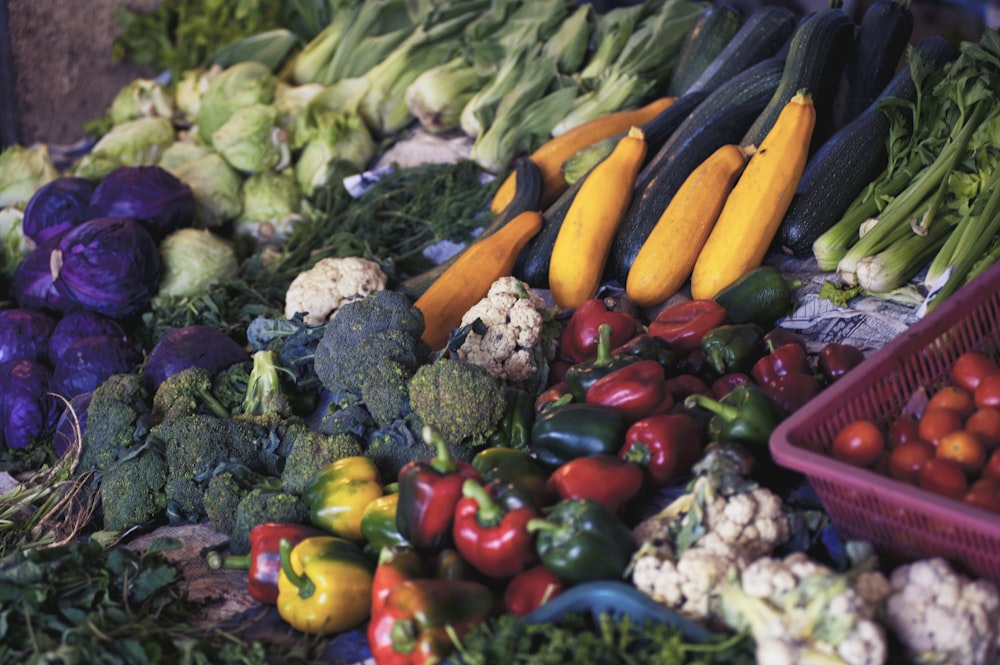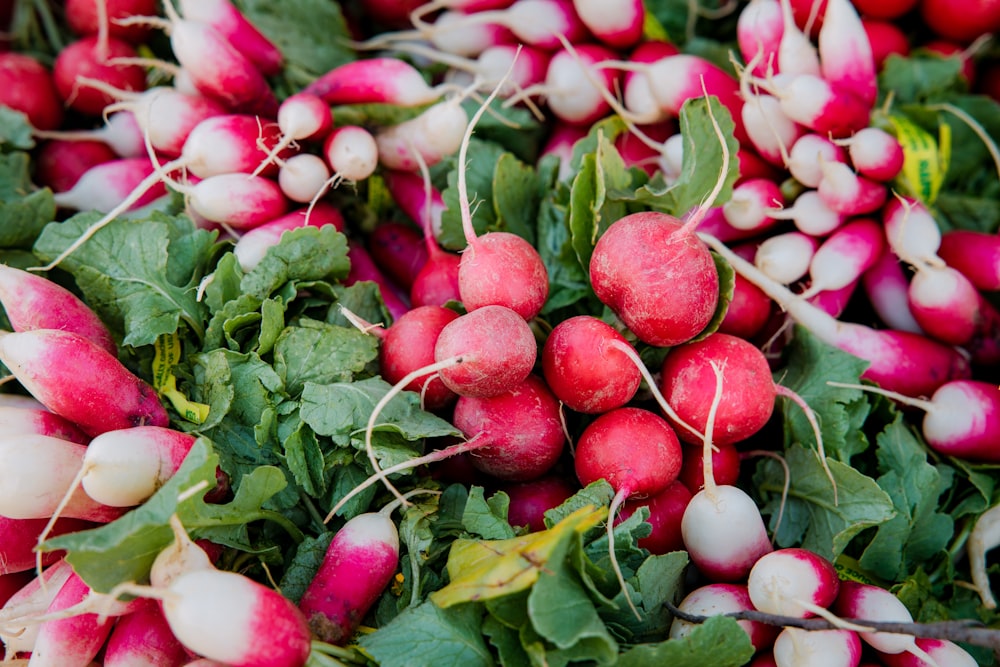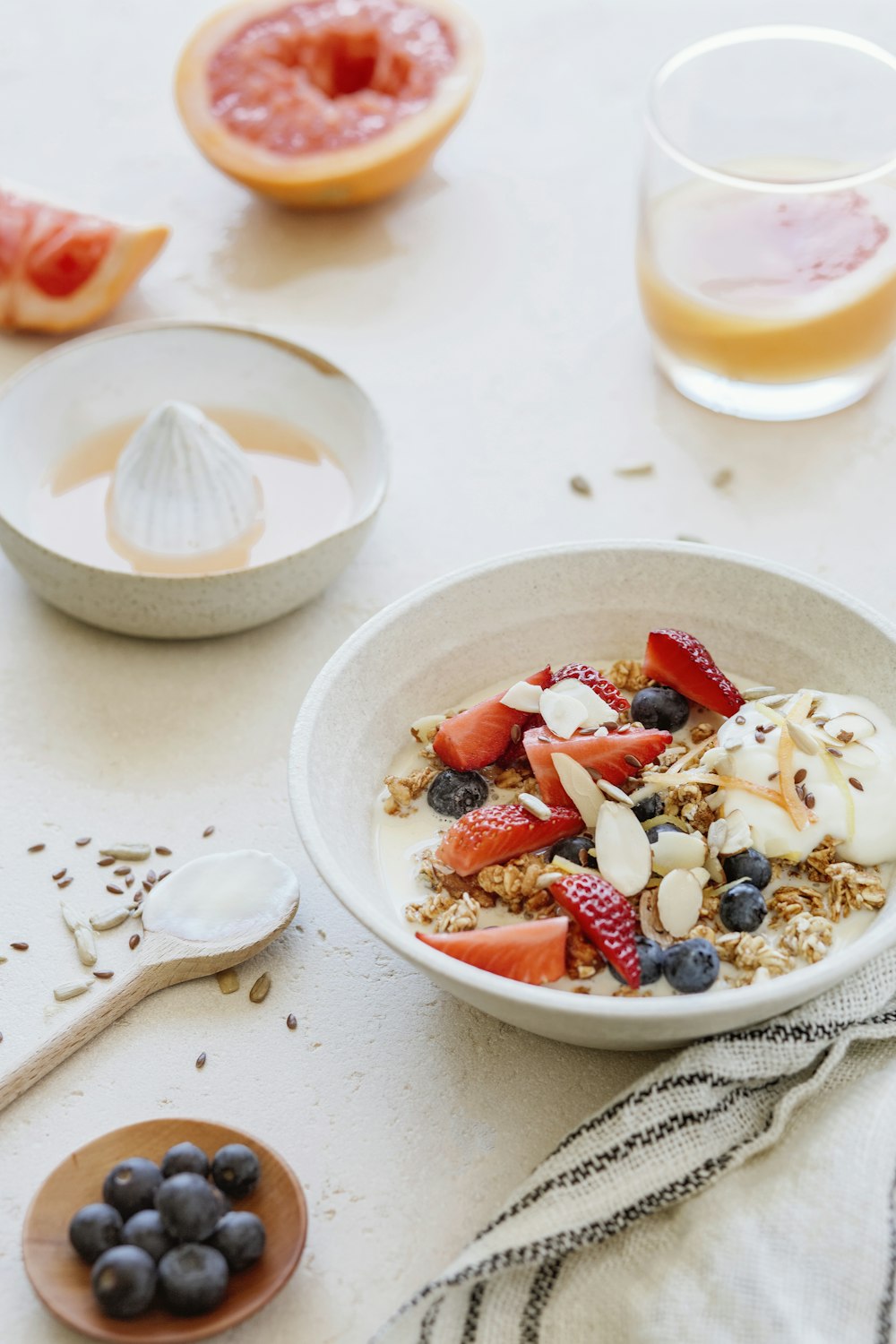Legacy’s culinary team is keenly aware of the importance of nutrition, and our chef-prepared meals are always carefully planned and crafted. Learn more about common “superfoods,” as Registered Dietitian, Megan Wong shares her expert tips for what foods to incorporate into a balanced diet for all ages. – The Leo Wertman Residence.

vegetable stand
You may have seen and heard the term “superfood,” especially over the last few years. More of a marketing term, superfoods are really just nutrient-rich foods that are especially beneficial for health. The good news is, there are a lot of superfoods out there… and chances are you’re already eating some of them.
In today’s post, I’d like to share three types of superfoods with you. So let’s get started!

radishes
Cruciferous Vegetables
This is a family of vegetables that includes arugula, bok choy, broccoli, Brussels sprouts, cabbage, cauliflower, collard greens, kale, radish, rutabaga, turnip, and watercress. Cruciferous vegetables are known for specific compounds called glucosinolates – these are what give these vegetables their slightly bitter flavour and pungent aroma. Once these compounds are broken down in the body, they become active and offer several health benefits – including the potential to fight against cancer.
Some research studies show that the compounds in cruciferous vegetables might help inactivate carcinogens (cancer-causing compounds) and even stop tumor cells from migrating. But most of these studies were done in animals or cells grown in labs. Human studies show mixed results – some show a protective effect against cancer while others show no effect.

stir-fried cauliflower
I love my veggies cooked in a stir-fry, roasted with some oil, salt, and pepper (plus paprika for an extra kick), steamed, added to a casserole, or even cooked from frozen!
Cancer protection or not, it doesn’t hurt to boost your intake of cruciferous vegetables! They’re high in fibre as well as vitamins A, C, E, and K! So they’ll help with your bowel movements, eye health, immune system, and healthy blood clotting. And overall, diets rich in fruits and vegetables have pretty solid evidence for disease prevention.
Fatty Fish

raw salmon fillet
Fats have had a bad reputation over the years, but the truth is we need fats to function properly! And not all fats are bad.
In fact, omega-3 fats are actually healthy and needed for many body functions! Everyone needs omega-3 fats to develop healthy eyes, nerves, and brains . Omega-3s are also powerful anti-inflammatories and may be helpful for conditions such as arthritis and heart disease. The thing is, most people don’t get enough omega-3s in their diet.
That’s because only a few foods provide a form of omega-3 that our bodies can actually use. Foods like walnuts, ground flax seeds, and chia seeds provide the ALA form of omega-3, but our bodies don’t do a good job of converting ALA into usable DHA and EPA. So it’s best to eat foods like fatty fish, which provide EPA and DHA omega-3s. Fatty fish include cod, salmon, tuna, mackerel, trout, Arctic Char, sardines, and anchovies. Some foods have omega-3 added to them, like eggs, yogurt, cereals, and breads, but only a small amount. If you don’t eat fatty fish regularly, you may want to look into taking an omega-3 supplement.

yogurt and fruits
Yogurt
Yogurt can be eaten as a healthy snack, added to smoothies, or even cooked dishes like soups and sauce recipes. Yogurts offer a boost of bone-healthy nutrients including calcium, vitamin D, potassium, and some magnesium as well. And as you probably know, the older you get, the more important it is to get enough of these nutrients!
Another bone-building nutrient that’s important is protein, which many older adults don’t get enough of. Not only does protein help with bone health, it helps maintain muscle mass (which naturally decreases with age) and speeds up wound healing as well. To get extra protein, try Greek yogurt instead of regular yogurt. If you have a small appetite, adding in nutrient-dense foods like Greek yogurt can be helpful for maintaining a healthy weight.
My one key tip for choosing yogurts is to choose plain yogurts. Or yogurts without added sugars or sugar alternatives. While even a plain yogurt will contain some natural sugars (no need to worry about these), flavoured yogurts often have a whole lot of added sugars. In fact, some individual yogurt cups have 12 or more grams of added sugar! That’s 3 whole teaspoons or 3 sugar cubes….in a tiny cup! Instead, buy plain yogurt and add your own healthy flavours. Try fresh, dried, or frozen fruits, nuts, coconut flakes, a granola mix, or even a little drizzle of honey or syrup. Now I don’t usually promote specific brands (and I’m not getting any compensation for this), but Danone recently put out a new flavoured yogurt with no added sugars OR sugar alternatives. Just some natural flavours. You can see what this brand looks like here.
I hope you’ve enjoyed learning about these three types of foods. And I hope you’ll be motivated to eat them more often if you don’t already! If you have any questions or suggestions for future articles, feel free to contact me at my site below.
Authored by: Megan Wong, a Registered Dietitian at One Step Nutrition. Megan specializes in healthy aging and disease prevention/management and is passionate about helping others achieve their nutrition goals.













